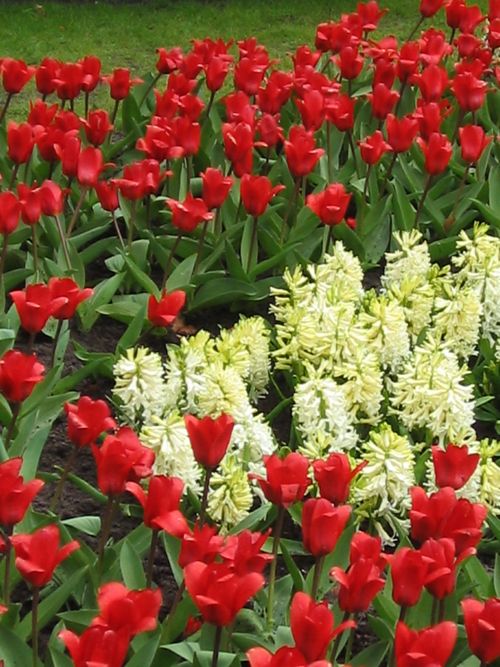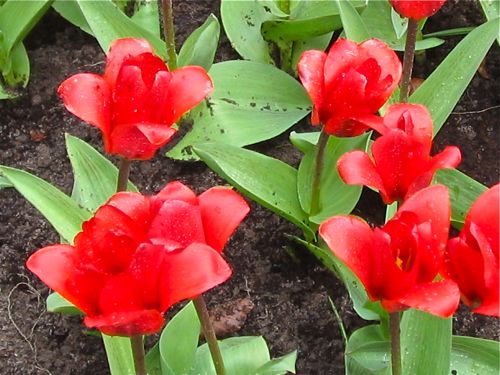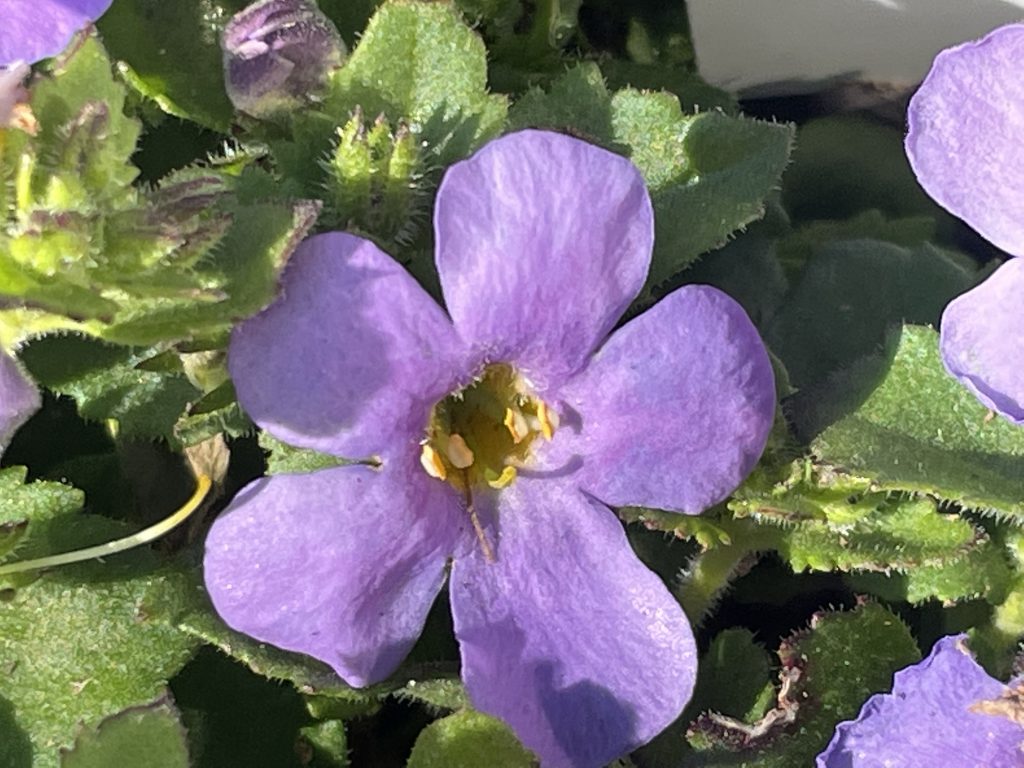Tulipa Kaufmanniana: Exploring the Vibrant Beauty of Water Lily Tulips
Introduction to Tulipa Kaufmanniana: Tulipa Kaufmanniana, commonly known as water Lily Tulip, is a remarkable and beautiful plant that adds an unlimited array of options to any garden. With their stunning blooms and diverse colors, tulips create a captivating color splash that is unmatched by any other flower. These herbaceous, bulbous perennials bring a burst of beauty from early spring to early summer, making them a beloved choice for garden enthusiasts.
Taxonomy and Native Range: Tulipa Kaufmanniana belongs to the Liliaceae family of plants. The name “tulip” originates from the Persian word for turban, reflecting the unique shape of the flower. These delightful plants are native to a wide range of areas, spanning from Southern Europe to Central Asia. Cultivated since the 10th century, tulips have a rich history and have been immortalized in countless paintings throughout the centuries. It is worth noting that during cultivation, a tulip-breaking virus emerged, leading to the development of variegated patterns in the flowers.
Features of Tulipa Kaufmanniana: Tulipa Kaufmanniana bursts into glorious bloom during the spring season, creating a breathtaking display of color. However, it goes dormant during the summer months, allowing the bulbs to rest and prepare for the next vibrant show of blossoms. These water lily tulips boast large, showy flowers that come in a wide range of colors. While red, pink, yellow, and white are common hues, numerous other varieties exhibit stunning color variations. The flowers are actinomorphic, or radially symmetrical, and are classified as hermaphrodites, containing both male and female reproductive parts. After flowering, the plant develops a capsule fruit with a thick leather surface, encapsulating flat-shaped seeds.

Growing Tulipa Kaufmanniana: Cultivating the Vibrant Water Lily Tulip
Selecting a Location: Choose a sunny spot in your garden for planting Tulipa Kaufmanniana. These tulips thrive in full sun, which ensures optimal growth and blooming.
Soil Preparation: Prepare the soil by ensuring it is well-drained and fertile. Tulipa Kaufmanniana prefers a soil that is rich in organic matter. If the soil is heavy or clayey, amend it with compost or well-rotted manure to improve drainage and provide essential nutrients.
Planting Time: Plant the bulbs in the fall, ideally around September to October, before the first frost. This allows the bulbs to establish their roots before the winter sets in.
Planting Depth: Dig a hole that is approximately 4 inches deep. Place the bulb in the hole with the pointed end facing up. Space multiple bulbs around 6 inches apart to give them room to grow and showcase their vibrant blooms.
Watering: After planting, give the bulbs a thorough watering to settle the soil around them. During the growing season, water the tulips regularly, keeping the soil evenly moist but not waterlogged. However, it’s important to reduce watering as the foliage starts to die back during the summer dormancy period.
Fertilization: Before planting, incorporate a balanced bulb fertilizer into the soil. Additionally, you can apply a slow-release fertilizer in early spring to provide ongoing nutrients. Follow the manufacturer’s instructions for application rates.
Mulching: Apply a layer of organic mulch, such as straw or shredded bark, around the planted bulbs. Mulching helps to conserve soil moisture, regulate soil temperature, and suppress weed growth.
Overwintering: Tulipa Kaufmanniana bulbs are generally hardy and can withstand cold temperatures. However, in regions with severe winters, it may be beneficial to apply a layer of mulch or straw over the planting area to provide insulation and protect the bulbs from extreme freezing conditions.
Post-Blooming Care: After the tulips have finished blooming, deadhead the flowers by removing the faded blooms. Allow the foliage to die back naturally, as it provides nutrients to the bulb for future growth. Refrain from cutting back or removing the foliage until it has turned yellow and withered completely.
Dividing and Transplanting: Over time, tulip bulbs may multiply and become crowded. To maintain their vigor and ensure optimal flowering, dig up and divide the bulbs every few years, preferably in late summer or early fall. Replant the divisions at the recommended planting depth, spacing them appropriately.
By following these guidelines for growing Tulipa Kaufmanniana, you can create a captivating display of water lily tulips that will enchant your garden with their vibrant colors and beauty. Enjoy the stunning blooms and the rich history associated with these remarkable plants.



